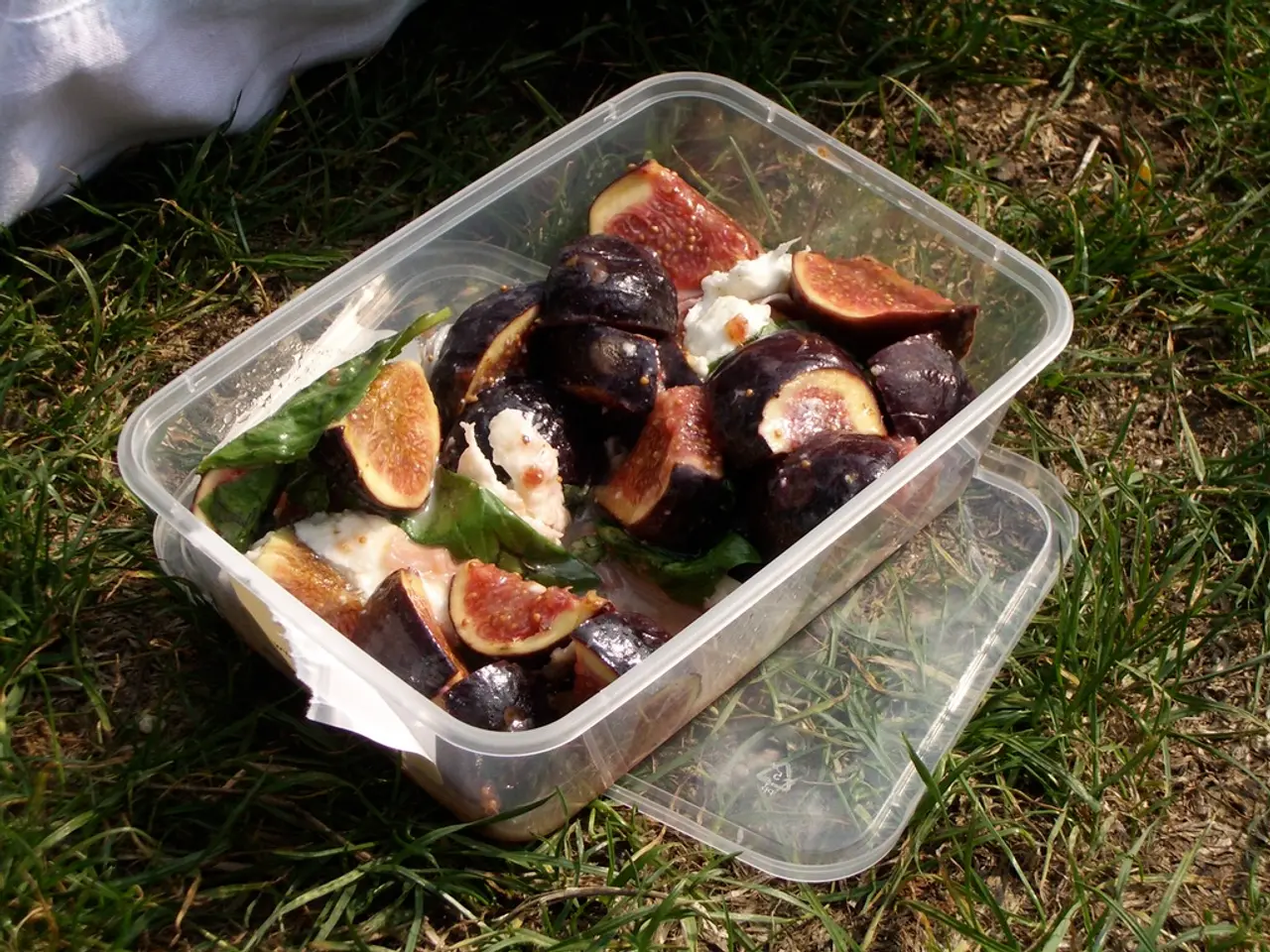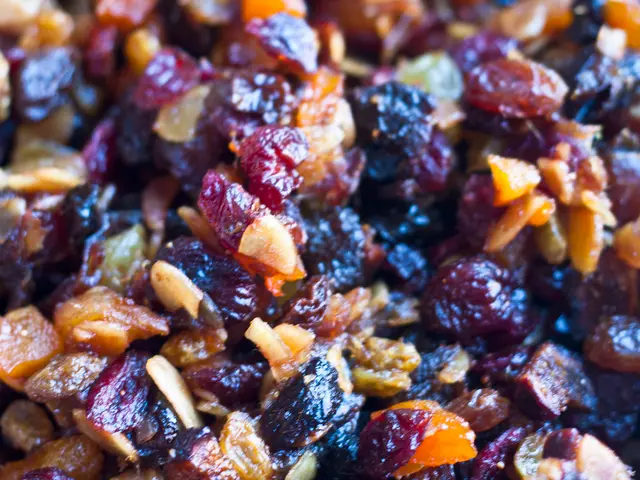Food cultivation offers numerous benefits over lawn maintenance, providing a multitude of advantages each day.
Transforming Your Lawn into an Edible Garden: A Guide for Sustainable Home Growing
In rural Virginia, Serena Manickam, a freelance editor and writer, sustainable market gardener, and environmental science graduate, runs Fairydiddle Farm – a small market garden where she grows no-spray produce and herbs to sell at a local farmer's market. For those looking to follow in her footsteps and create their own edible gardens, here's a step-by-step guide on transforming a grass lawn into a productive, beautiful, and sustainable edible landscape.
Step 1: Remove the Grass Lawn
The most labor-intensive step is eliminating the turfgrass to prevent it from competing with your new plants. This can be achieved by smothering the grass with cardboard or newspaper layers covered by compost or soil, or by using clear or opaque tarps to solarize the lawn for 2-4 weeks until the grass dies. Avoid digging where possible to preserve soil structure.
Step 2: Prepare the Soil
After removing grass, level the soil with a rake or lawn leveling rake. Amend poor soils by mixing in compost or leaf mold to improve fertility and structure for your edible plants. Alternatively, build “no-dig” raised beds or lasagna beds on top of the lawn, which is easier and sustainable, avoiding soil disturbance.
Step 3: Design and Plant
- Create productive edges: Use yard edges and borders for fruit trees, shrubs, and perennial edibles like cherries, blackberries, figs, and apples, which maximize food production and community sharing.
- Plant food everywhere: Incorporate both perennial (artichokes, herbs) and annual crops (lettuce, zucchini, broccoli) throughout the yard, including front, side, and back areas without confining to a single garden patch.
- Use layered organic matter such as twigs, dry leaves, compost, and food scraps as mulch or soil-building layers for healthy growth.
Step 4: Maintain Your Garden
- Control weeds rigorously, especially crabgrass and other invasive grasses. When using raised beds over mulch chips, allow settling before planting or install root barriers to prevent grass intrusion.
- Use organic gardening principles to build living, fertile soil and avoid synthetic chemicals, improving plant and soil health naturally.
- Water, prune, harvest, and add compost regularly to keep the garden productive and aesthetically pleasing.
By following these steps, you can create a productive, beautiful, and sustainable edible landscape that optimizes space, soil health, and plant variety. For more detailed instructions, consider reading "The Edible Front Yard: The Mow-Less, Grow-More Plan for a Beautiful, Bountiful, Garden" by Ivette Soler or "Food Not Lawns: How to Turn Your Yard into a Garden and Your Neighborhood into a Community" by H.C. Flores.
Additionally, consider planting vegetables in the front yard to enhance curb appeal by using raised beds, stone, paver, or brick borders, and attractive perennials like plum trees, blueberry bushes, or creeping thyme. Pole beans and other climbing plants can be trained up decorative trellises, and planting lettuce or other greens along the edge of a bed as a border can add a finishing touch to your edible landscape.








